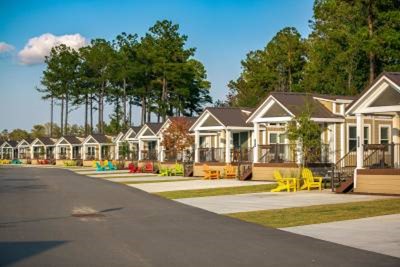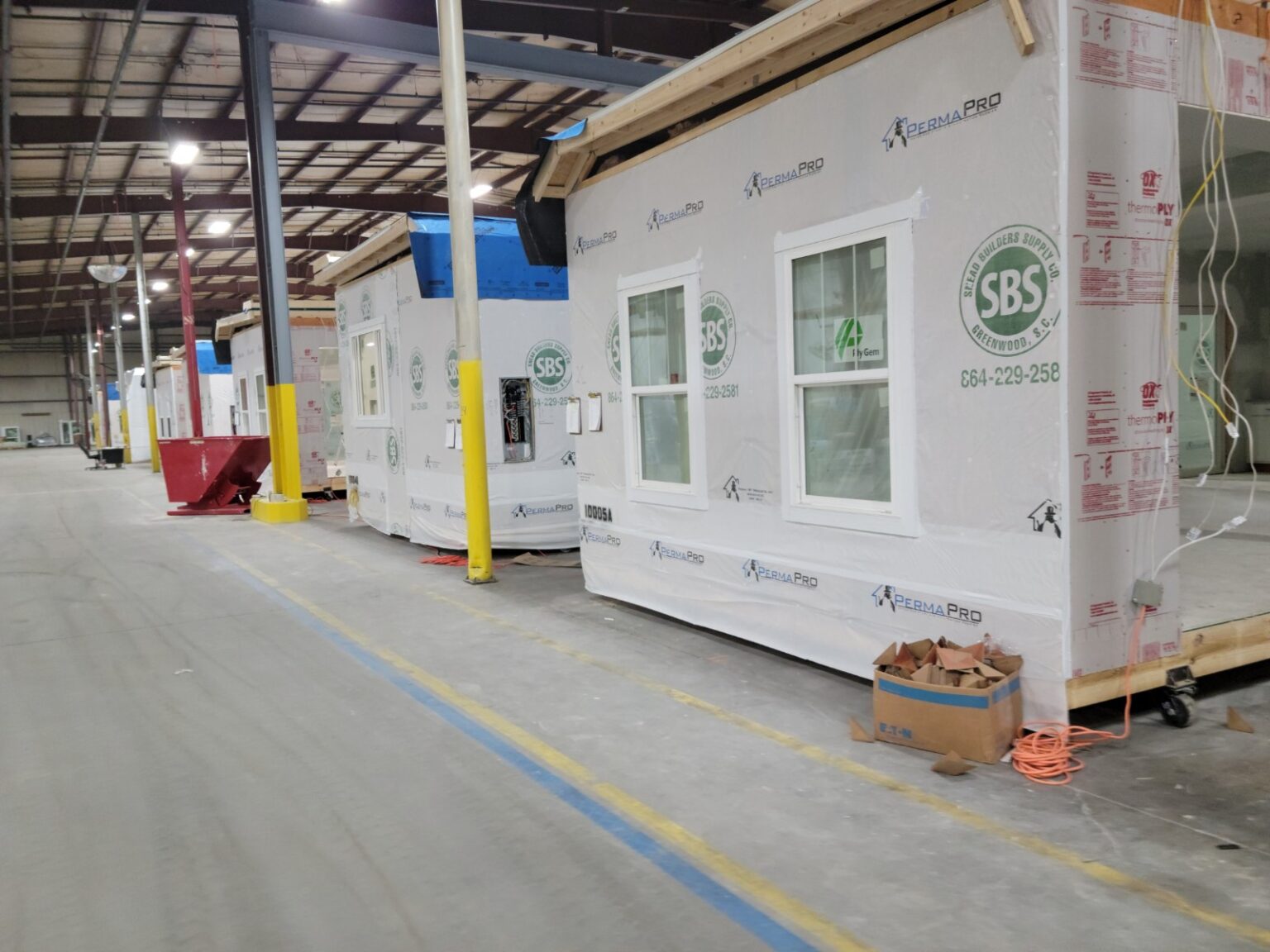Back in the day, my family spent a lot of time RVing and used KOA and other campgrounds. The neighboring RVs had people from every state staying there and at night the campfires lit up the area.
That can still be found in many campgrounds but in areas close to where jobs need to be filled and the workers can’t afford to buy or rent near the job, campgrounds have become long-term parking for workers’ fifth wheels, travel trailers, and motorhomes.
Inflation is fueling some workers’ decisions to live in RV parks. One worker commented, “I used to think it made sense to purchase a home even if I would only be in the area for a couple of years. But now the housing market is slowing, and interest rates are rising. I doubt I’d come out ahead as I have in the past several years. Getting an RV just made the most sense.”

“The monthly payments on my RV are much less than the typical $1,200+ per month that I’d be paying for a rental apartment. Finding a furnished rental can cost even more and it’s not nearly as nice as my RV.”
As an extra perk to RV workers, on days off they can explore the area, do touristy things, and learn about different parts of the country.

Campground owners are happy to see their cabins, park models, and RV sites occupied. It means a steady income for owners and enables them to perform more timely maintenance or even make upgrades to their RV park property.
Many campgrounds have begun opening more spaces and adding Park Models just for people looking for a less expensive living. Many states and local zoning, however, do not allow year-round camping. That isn’t too bad though, as it gives workers time to find more permanent residence if they stay working for the same company.



